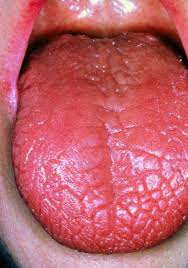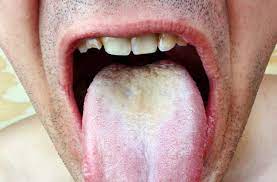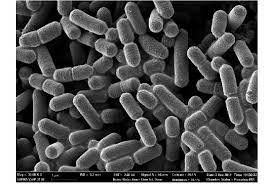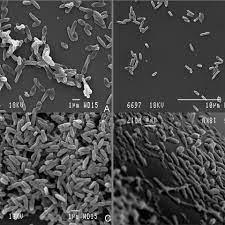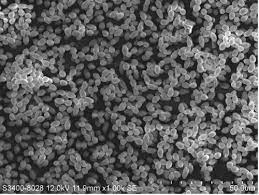Sjögren Syndrome: Difference between revisions
No edit summary |
No edit summary |
||
| Line 26: | Line 26: | ||
==Introduction== | ==Introduction== | ||
<br> Sjögren’s syndrome is a human autoimmune disease affecting 4 million Americans today, which causes disruption in the exocrine glands (Mayo, Rhodes). Salivary and lacrimal glands are among the most adversely affected, which leads to characteristic symptoms such as dry mouth (xerostomia) and dry eyes (keratoconjunctivitis sicca, or KCS) (Trujillo). In turn, xerostomia and KCS lead to high susceptibility to opportunistic pathogens such as <i>Candida albicans</i> and <i>Pseudomonas aeruginosa</i> (Mun, Anil). Until recently, limited public awareness has prevented focused research and treatments efforts (Rhodes). <br> | |||
<br> | |||
==History== | ==History== | ||
Revision as of 23:31, 16 April 2023
Section

By Ryan Yarcusko
At right is a sample image insertion. It works for any image uploaded anywhere to MicrobeWiki.
The insertion code consists of:
Double brackets: [[
Filename: PHIL_1181_lores.jpg
Thumbnail status: |thumb|
Pixel size: |300px|
Placement on page: |right|
Legend/credit: Electron micrograph of the Ebola Zaire virus. This was the first photo ever taken of the virus, on 10/13/1976. By Dr. F.A. Murphy, now at U.C. Davis, then at the CDC. Every image requires a link to the source.
Closed double brackets: ]]
Other examples:
Bold
Italic
Subscript: H2O
Superscript: Fe3+
Sample citations: [1]
[2]
A citation code consists of a hyperlinked reference within "ref" begin and end codes.
To repeat the citation for other statements, the reference needs to have a names: "<ref name=aa>"
The repeated citation works like this, with a forward slash.[1]
Introduction
Sjögren’s syndrome is a human autoimmune disease affecting 4 million Americans today, which causes disruption in the exocrine glands (Mayo, Rhodes). Salivary and lacrimal glands are among the most adversely affected, which leads to characteristic symptoms such as dry mouth (xerostomia) and dry eyes (keratoconjunctivitis sicca, or KCS) (Trujillo). In turn, xerostomia and KCS lead to high susceptibility to opportunistic pathogens such as Candida albicans and Pseudomonas aeruginosa (Mun, Anil). Until recently, limited public awareness has prevented focused research and treatments efforts (Rhodes).
History
Include some current research, with at least one figure showing data.
Symptoms
Include some current research, with at least one figure showing data.
Causes
Diagnosis
Treatment
Risk Factors
Complications
Microbial Consequences
Yeast Infection
Dry Eyes (keratoconjunctivitis sicca)
Dry Mouth (xerostomia)
Public Awareness
References
Authored for BIOL 238 Microbiology, taught by Joan Slonczewski, 2023, Kenyon College

